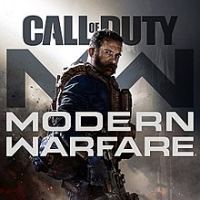Head of Infinity Ward Poland on the Engine of New CoD: Modern Warfare
A new graphics engine for the Call of Duty series, which will be used in the upcoming Modern Warfare, is being developed in Poland, in the Krakow branch of Infinity Ward. The project manager, Michal Drobot, talked in detail about the capabilities of the technology.
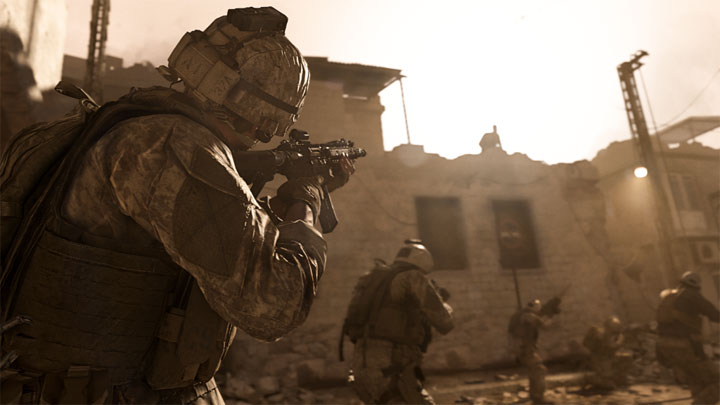
The graphic engine used to power the Call of Duty series so far remembered the times of Quake III: Arena. No wonder that the new Modern Warfare announced for October will finally field completely new audiovisuals for the franchise. In the trailer presented at the end of May, supposedly contained not an ounce of CGI - this is what the game itself is supposed to look like. The engine, based mostly on photogrammetry technology, was created for over five years, and the project was supervised by a specially established studio - Infinity Ward Poland from Krakow. Recently, in the blog of Activision, the project manager - Michal Drobot - revealed a few details about the technology on which the new Modern Warfare is being created.
Photogrammetry and laser scanning
"We do everything to make your experience as realistic as possible," says Drobot about the work of his studio. All objects and scenes in the game were created on the basis of photogrammetry, i.e. were reconstructed on the basis of high quality photos. However, the photographs were not enough to recreate the light reflections on different surfaces in a realistic way. Therefore, laser scanning was also used for the work.
We used our lasers on objects to examine how light reflects on their surfaces. It's not just about reproducing a pixel as you see it in a given moment, it's about how it reacts to light and reflects it. It cost us a lot of work.
All this effort should be visible on the perfectly reconstructed weapon models. Instead of ordinary, black, metal objects, the creators took into account all kinds of surfaces that firearms have, e.g. powder painted or rainbow reflections on oiled, just-cleaned weapons. Separate attention was also paid to individual elements of rifles, such as magazines.
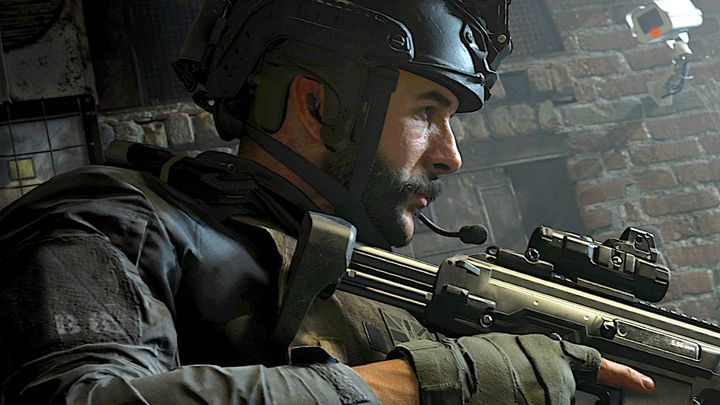
CGI-like Characters
In a realistic world, heroes must look just as good. Special motion-capture sessions with actual Navy Seals members were organized to make the animations of their movements in the game as natural as possible. When shooting shots with actors playing different roles, the same techniques were used as when making prerendered films, only this time everything was to be used directly in the game. Details such as wrinkles and muscle tension around the mouth were recorded when speaking. The biggest challenge was to compress this data so that the preserved details could be displayed without problems on the current consoles. Here, the technology used to create CGI effects for movies came in handy.
We have a technology called "LMB caching". (...) We use it in real time so that everything is as detailed as possible in the right places. As the character moves away, the detail slider goes down to keep the animation at 60 frames per second. This is a piece of CGI technology that has been used in a computer game.
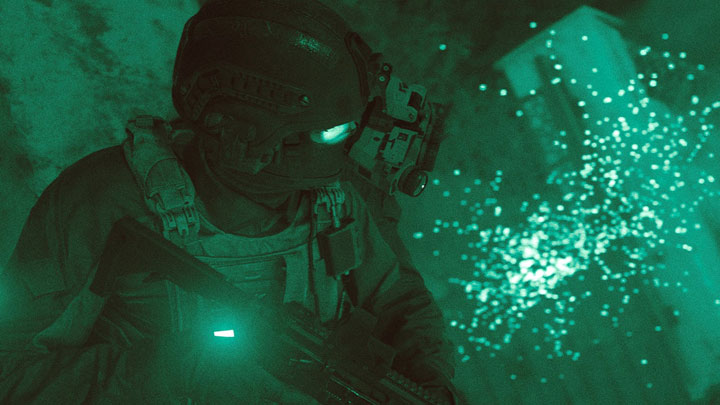
NVG is not just looking through a green visor.
A key role in the visuals of Call of Duty: Modern Warfare is played by lighting. Polish devs focused not only on the light visible to the human eye, but also on the invisible spectrum. In addition to the RGB color palette, each scene also renders real-time infrared light so that the player can see a realistic image every time they want to use a night vision goggles. In other games, the green colour palette is simply used in such moments.
We wanted this to be as authentic as possible. As a spec ops, you can use NVG. You turn it on and you can see in the darkest night, but what is night vision? It's infrared vision. So we made sure that every light in the game also has an infrared spectrum.
Rendering different light sources is designed to give realistic effects in all circumstances and enhance the freedom furing the game. It will be possible, for example, to destroy a light source with arrows and use night vision goggles, but even without this, the rooms should look realistic with the remnants of natural light. NVG image, in turn, will allow for the operation of various gadgets for weapons or identification badges on the uniforms of operators.
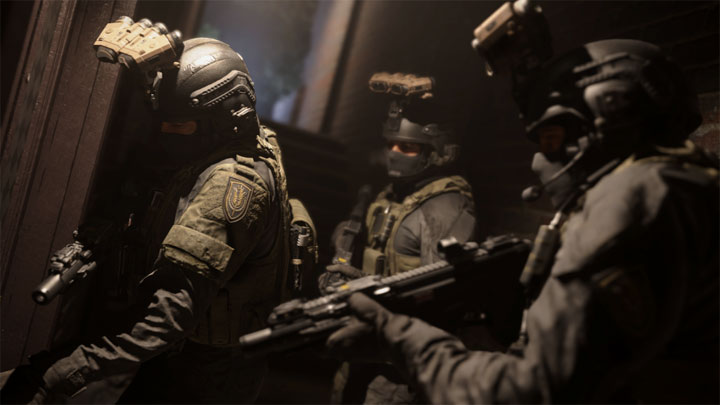
Positive downgrade
The new engine of Modern Warfare is also designed to take into account the capabilities of military gadgets from different historical periods. Modern night vision goggles and sniper viewfinders show a completely different quality of image than the equipment produced 20 or 30 years ago. All this has to be accurately reproduced, from image distortion in a small telescope to thermal imaging in spy drones. The image we see must always match the age of the equipment we use. The creators call it "visual downgrade" or even worse: "shittify filter".
During your mission you can find equipment from the 60's or 70's. Our technology allows you to simulate its operation as authentically as possible. (...) We spent a lot of time creating low-quality images with compression and artifacts. We call it "Shittify Filter." It's quite interesting, because doing something on purpose to make it look bad turned out to be more difficult than improving the image quality.
Crossing the boundaries of geometry
Other revealed info focuses on a new way of rendering objects that can now consist of five times as many polygons as in the previous graphic engine. The devs also boast about new effects of volumetric lighting. Instead of the usual rays ("god rays"), every square metre of air around the player can now be filled with some substance. They can change our way of seeing and the reactions of light. Depending on our actions, the scenes can fill dynamically with dust or gas and everything has to be realistic. Nothing can look fake or pretended.
We have guidelines where our graphic designers can change the air density of a scene. An example is the basement where dust particles float. You can change it with your actions, with some events. Air raids can occur and suddenly the air becomes much denser and more polluted. We experimented to make sure that volumetric lighting would become part of the gameplay, affect how we play and what image we see.
We will see for ourselves in a few months whether the new engine is really as groundbreaking as the developers are trying to make it. Call of Duty: Modern Warfare will be released on October 25 on PC, PlayStation 4 and Xbox One.
0

Author: Darius Matusiak
Graduate of the Faculty of Social Sciences and Journalism. He started writing about games in 2013 on his blog on gameplay.pl, from where he quickly moved to the Reviews and Editorials department of Gamepressure. Sometimes he also writes about movies and technology. A gamer since the heyday of Amiga. Always a fan of races, realistic simulators and military shooters, as well as games with an engaging plot or exceptional artistic style. In his free time, he teaches how to fly in modern combat fighter simulators on his own page called Szkola Latania. A huge fan of arranging his workstation in the "minimal desk setup" style, hardware novelties and cats.
Latest News
- End of remote work and 60 hours a week. Demo of Naughty Dog's new game was born amid a crunch atmosphere
- She's the new Lara Croft, but she still lives in fear. Trauma after Perfect Dark changed the actress' approach to the industry
- „A lot has become lost in translation.” Swen Vincke suggests that the scandal surrounding Divinity is a big misunderstanding
- Stuck in development limbo for years, ARK 2 is now planned for 2028
- Few people know about it, but it's an RPG mixing Dark Souls and NieR that has received excellent reviews on Steam, and its first DLC will be released soon
